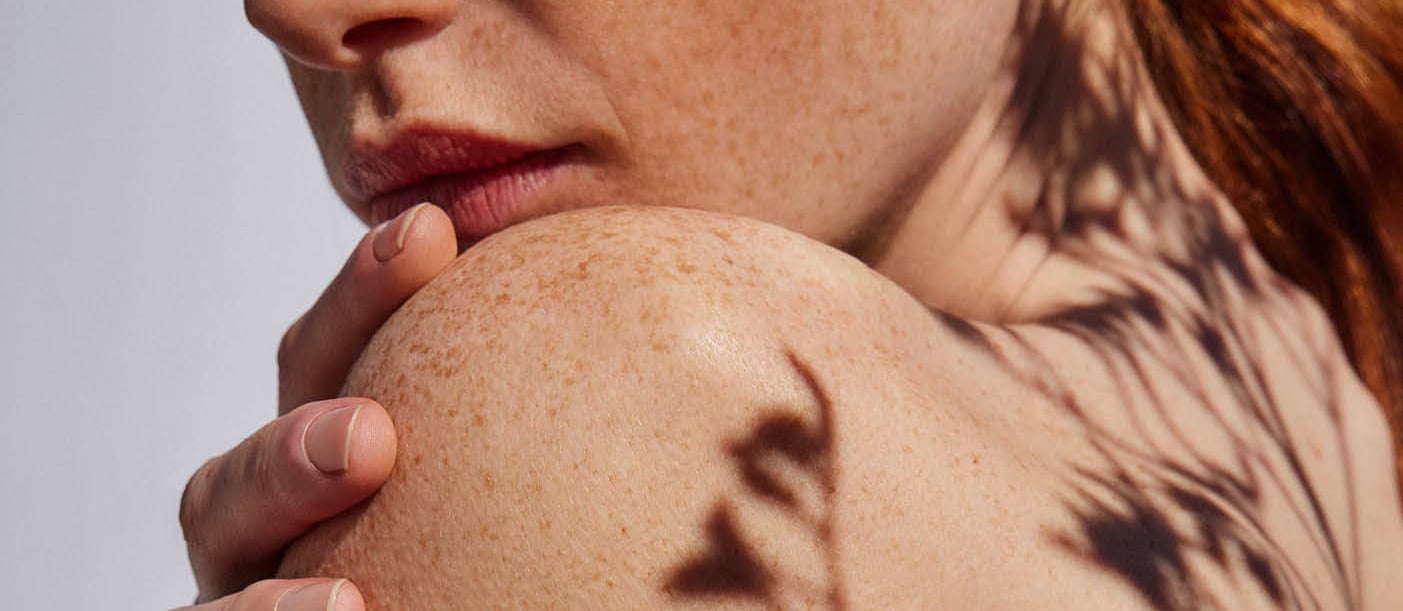International Breast Cancer Awareness Month: interview with expert Dr Dan Rauch
October is officially designated as International Breast Cancer Awareness Month. The aim of ‘Pinktober’ is to raise public awareness of the topic of breast cancer. This is a very important topic for us, which is why we’d like to lay out the key facts about it. We held an informative discussion with Dr Rauch, a medical consultant for gynaecology and obstetrics at the Minerva clinic in Lucerne, to clarify some of the frequently asked questions.
21 October 2022 • 8 min reading time

Around 6,300 women and 50 men develop breast cancer every year in Switzerland. It is the most common type of cancer in women. Since 1985, October has been designated International Breast Cancer Awareness Month, in order to reinforce and raise awareness of breast cancer.
Dr Rauch set aside some time for us to answer the most common questions on the topic of breast cancer. Together with Dr Beatrice Herrmann, he runs the Minerva clinic – a modern group practice in Lucerne that specialises in gynaecology.
What are the risk factors of breast cancer?
Dr Rauch: The bigger risk factors definitely include age, family history and genetic predisposition. The older a person is, the higher the risk that they will develop breast cancer. The disease mostly occurs in people over the age of 50. However, around 20% of women are younger than 50 at the time of diagnosis.
Family history is also an important factor. The number of close relatives with breast cancer and their age at the onset of breast cancer play an important role. In other words, the risk increases if cancer runs in the family before the age of 50.
Genetic predisposition is the highest risk factor. Around 5-10% of all breast cancer patients have a mutation in a gene, such as the BRCA gene.
Excessive alcohol consumption and obesity can also influence the mutation. In addition, certain hormone therapies also seem to suggest a slight increase in risk.
What does BRCA stand for?
Dr Rauch: BRCA is the BReast CAncer gene. This is a gene mutation that leads to a high increase in risk. This means the risk of breast or ovarian cancer is significantly greater. For example, in individuals with a BRCA mutation, the lifetime risk for breast cancer is about 60-70% and for ovarian cancer 40-60%. In these situations, much earlier monitoring and prevention is very important.
What are the signs of breast cancer?
Dr Rauch: One of the most common signs of breast cancer is (painless) lumps that appear in the breast or armpit. You should also watch out for skin changes. These include redness, dimpling or puckering, or even bloody secretions from the nipples.
Can pain in the breast also be a symptom of breast cancer?
Dr Rauch: Pain in the breast is often caused by hormonal effects and is not necessarily a typical sign of breast cancer. In particular, tenderness on both breasts before menstruation is often physiological. However, if the symptoms persist, it may be worth getting a check-up with an expert.
What can women do in terms of prevention?
Dr Rauch: A good start is going for a regular check-up with a gynaecologist. This means the breast can be checked for any potential changes. From the age of 50, a breast screening (mammogram) is recommended every two years. Screening is a preventative measure for women without symptoms and is used for the early detection of breast cancer or the preliminary stages of breast cancer.
If there is a high family risk or if there is a known gene mutation, imaging-based screening begins much earlier, which is why MRI (magnetic resonance imaging) is used in such cases.
What should I do when I want to give myself a breast self-exam at home?
Dr Rauch: Firstly, it’s great to decide to do a breast self-exam. It’s important to time it for after your menstrual period as hormone-related changes mean that the breast is then softer, less lumpy and more accessible.
If you’re really interested in this, I recommend asking your gynaecologist to explain how to do the self-exam properly.
Discover more topics from our blog that might interest you:





